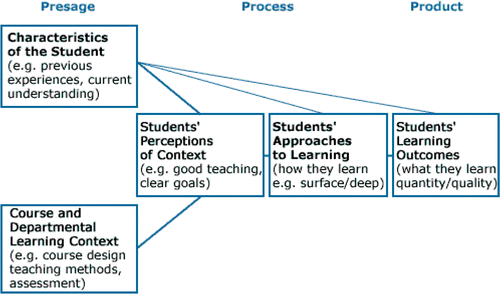Garfield, J., Hogg, B., Schau, C., and Whittinghill, D. (2002), “First Courses in Statistical Science: The Status of Educational Reform Efforts” Journal of Statistics Education [Online], 10(2). (ww2.amstat.org/publications/jse/v10n2/garfield.html)
Link to a response from the authors: http://ww2.amstat.org/publications/jse/v10n3/reid_letter_response.html
I noted and read with interest the article by Garfield, Hogg, Schau, and Whittinghill titled “First Courses in Statistical Science: The Status of Educational Reform Efforts.” It is an important article that attempts to describe effective changes in undergraduate statistics courses with the focus on learning situations that are intended for statistics and non-statistics majors. There is no doubt that the learning environment of the first statistics course is vital for several thousand students as they try to integrate statistical ideas within their own discipline perspectives. This particular article describes the ways in which statistics instructors use technology, teaching methods and student assessment as elements of the change, or reform, process for statistics education.
An early paragraph situates these findings as part of a “Model of Factors Influencing Student Outcomes” attributed to a personal communication from Schau. In that figure the role of the instructor is an element of the box “Statistics Course Components” and then the remainder of the paper focuses on this element. An earlier and very similar model devised by CitationBiggs (1989), shows clearly this “systems” approach to understanding the complex nature of learning and teaching environments. The important idea found in Biggs' model, is the complex relationship among “presage” factors, “process” factors, and “product” factors, as displayed in the :
Figure 1. Relationships among “presage” factors, “process” factors, and “product” factors (from CitationBiggs 1989).

Elements of this model, and the crucial relations between them, have been explored in a number of non-statistical areas. The model was first used in relation to teaching (CitationBiggs 1989), and then with a focus on students through a slight adaptation of the model (CitationProsser, Trigwell, Hazel, and Gallagher 1994) and has been extensively developed by CitationProsser and Trigwell (1999).
There is no doubt that learning is complex and I would hope that others will rise to the challenge and begin to explore the broader components of the “Total Learning Environment” (CitationPetocz and Reid 2002) in order to enhance the quality of learning for our future professionals.
References
- Biggs, J. (1989), “Approaches to the enhancement of teaching,” Higher Education Research and Development, 8, 7–25.
- Prosser, M., Trigwell, K., Hazel, E., and Gallagher, S. (1994), “Students Experiences of teaching and learning at the topic level,” Research and Development in Higher Education, 16, 305–310.
- Prosser, M., and Trigwell, K. (1999), Understanding Learning and Teaching, London: Society for Research into Higher Education and Open University Press.
- Petocz, P., and Reid, A. (2002), “Enhancing the Total Learning Environment for students of mathematics,” in Effective Learning and Teaching in Mathematics and Its Applications, eds. P. Kahn and J. Kyle, London: Kogan Page, 106–116.